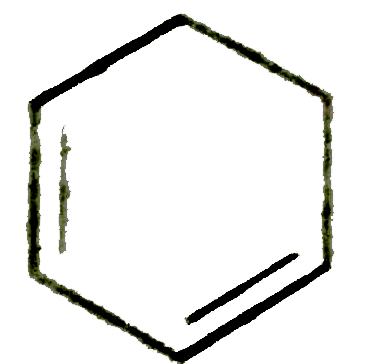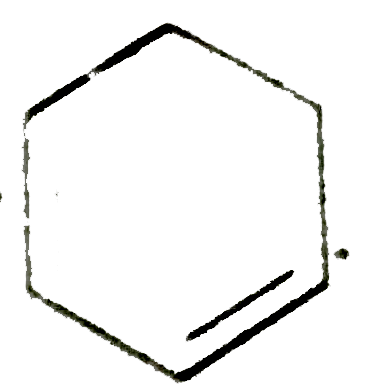Observed heat of hydrogention for cyclohedxa-1,4diene and cyclo hexa-1,3 diene is x& Y kcal /mol respectively , calculate the resonacne energy of cyclohexa-1,3-dine :
3x2−y
2x2−y
3y2−x
2y2−x
The correct Answer is:B
Step by step video, text & image solution for Observed heat of hydrogention for cyclohedxa-1,4diene and cyclo hexa-1,3 diene is x& Y kcal /mol respectively , calculate the resonacne energy of cyclohexa-1,3-dine : by Chemistry experts to help you in doubts & scoring excellent marks in Class 12 exams.
Topper's Solved these Questions
- BOOK - MS CHOUHANCHAPTER - GENERAL ORGANIC CHEMISTRYEXERCISE - LEVEL- 11videos
GENERAL ORGANIC CHEMISTRY
- BOOK - MS CHOUHANCHAPTER - FAMILIES OF CARBON COMPOUNDS: FUNCTIONAL GROUPS AND INTERMOLECULAR FORCES EXERCISE - ADDITIONAL OBJECTIVE QUESTIONS ( Matrix Match Type )4videos
FAMILIES OF CARBON COMPOUNDS: FUNCTIONAL GROUPS AND INTERMOLECULAR FORCES
- BOOK - MS CHOUHANCHAPTER - GRIGNARD REAGENTSEXERCISE - Level 1 (Q.61 To Q.66)1videos
GRIGNARD REAGENTS
Similar Questions
Knowledge Check
- Question 1 - Select One
3−methyl pent−1,3−diene is
ACH2=CH(CH2)2CH3BCH2=CHCH(CH3)CH2CH3CCH3CH=C(CH3)CH=CH2DCH3=CH=CH(CH3)2 - Question 2 - Select One
If heat of hydrogenation of 1,3 - pentadiene and 1,4 - pentadiene are X and Y kcal respectively , heat of hydrogenation of 2,3 - pentadiene will be
Abetween X and YBless than X as well as YCgreater than X as well as YDit can't be predicted - Question 3 - Select One
Find the heat of hydrogenation of cyclohexene if the heat of hydrogenation of benzene is 51 kcal mol−1 and its resonance energy is 36kcalmol−1
A15 kcalmol−1B29 kcal mol−1C33 kcal mol−1D36 kcal mol−1
The heat of atomisation of PH3 is 228 K cal/mol and that os P2H4 is 335 kCal/mol. The energy of P−P is (in kcal)
View SolutionHeat of atomisation of NH3 and N2H4 are x kcal mol−1 and y kcal mol−1 respectively. Calculate average bond energy of N−N bond.
View SolutionBut-1-yne and buta-1,3-diene are examples of
View SolutionCycloalkenes and alka- dienes are structural isomers and it is observed that the isomerisation reaction of cyclo-butene into 1,3, buta-diene follows 1st order kinetics with respect to cyclobutene. The rate constant of the reaction can be determined by hydrogenting ( reaction with H2 to remove unsaturation) the reaction mixture and different instant and measuring the amount of hydrogen required. In one such experiment two separate glass flasks of volume 1 litres. were added with same amount of cyclobutene and sealed. While one flask was broken after 138.6 min and the contents required 39.2 ml of H2 gas at 1 atm pressure and 273K, where as other flask was broken after a very long time and the contents required 44.8 ml of H2 gas at 1 tam pressure and 273K . From the information given above and given data, anwer the questions that follows:
ΔH∘f Cyclobutene=175kJ/mol
ΔH∘fButa-1,3-diene =125kJ/mol
The rate at which heat is released in isomerisation of cyclobutene at t=69.3 minView SolutionAddition of bromine to buta-1,3-diene gives:
View Solution


 is 29 kcal
is 29 kcal  is
is 